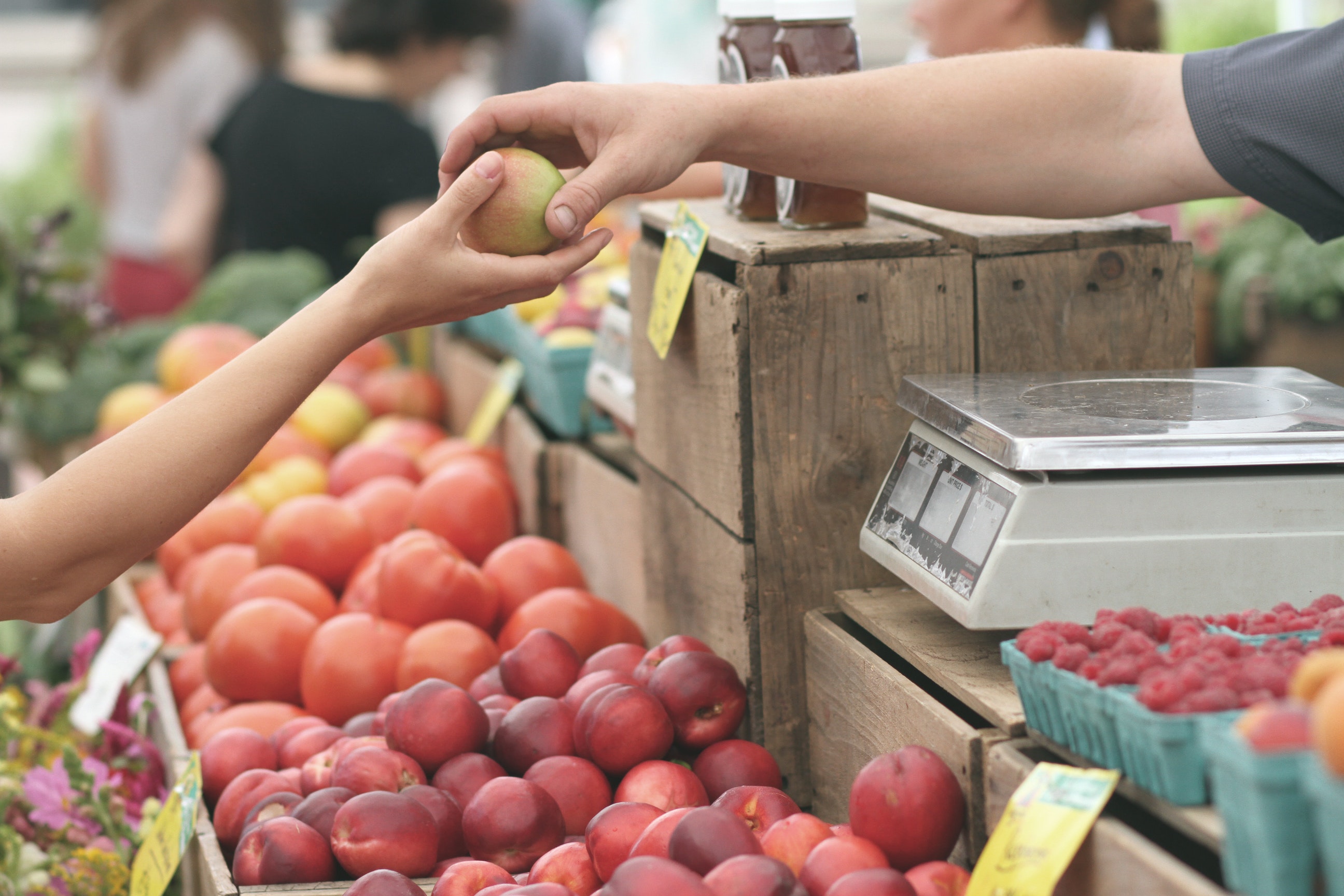Researchers at the University of Georgia are using a new statistical model to help guide policy around food access in rural communities.
The study authors wanted to know what conditions needed to be right to increase fruit and vegetable consumption in a rural setting.
The question of how to improve access to fruits and vegetables or even whether increased access translates into higher fruit and vegetable consumption has historically been hard to answer, said corresponding author Janani Thapa, an assistant professor of health policy and management at UGA’s College of Public Health.
“If we know anything, we know that changing behavior is complex, and there isn’t a straight-shot solution,” she said.
Convincing people to add more fruits and vegetables into their daily routine is often met with a variety of barriers, ranging from cost to cultural norms.
Though countless interventions and best practices have been developed to address issues around obesity and access to healthier foods, it can be expensive to get a project off the ground.
And with so many variables at play that could spell an effort’s success or failure, how can rural communities know they are using their resources wisely?
To answer this question, Thapa and her team turned to a new computational technique that can simulate a real-world intervention.
The agent-based model was developed to take into account all the details that can determine a person’s likelihood to engage in a certain behavior, including demographic information, the food local environment, and even health beliefs.
Using participant data from a previous study based in a rural Texas community, the researchers used their model to predict whether they could increase fruit and vegetable consumption by decreasing the driving distance to get to the produce source.
It turns out that they could.
“We found that a five-mile decrease could lead to a 25% increase in fruit and vegetable consumption,” said Thapa.
That doesn’t mean a community has to build a whole new grocery store, she added. That produce source could be something simple, like a farm stand.
The study suggests that this type of modeling can be a cost-effective way to evaluate and guide policymaking around diet-related interventions in rural areas, and Georgia is next.
Thapa and collaborators have begun collecting the data to run a similar simulation in rural Georgia, where they hope their findings will guide residents and policymakers in making changes to improve the health of their community.
Co-authors include Nicole Katapodis and Donglan Zhang with the University of Georgia; Phillipe Giabbanelli with Furman University; Yan Li with the New York Academy of Medicine; and Conrad Iyford with Texas Tech University.
The study appeared in the recent issue of Health Equity and is available online here.
– Lauren Baggett
Posted on August 1, 2019.
Additional coverage at ASPPH Friday Letter.







